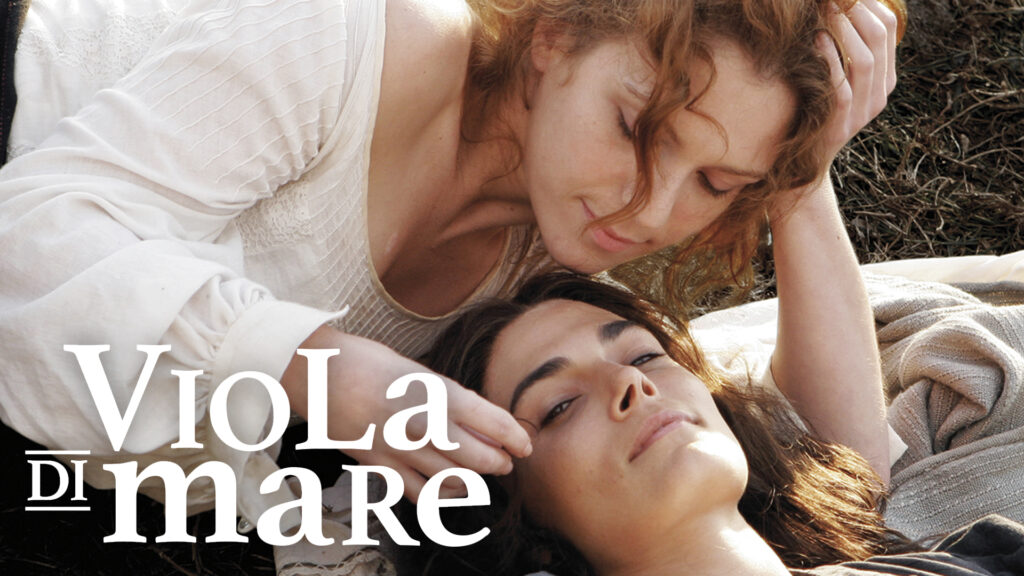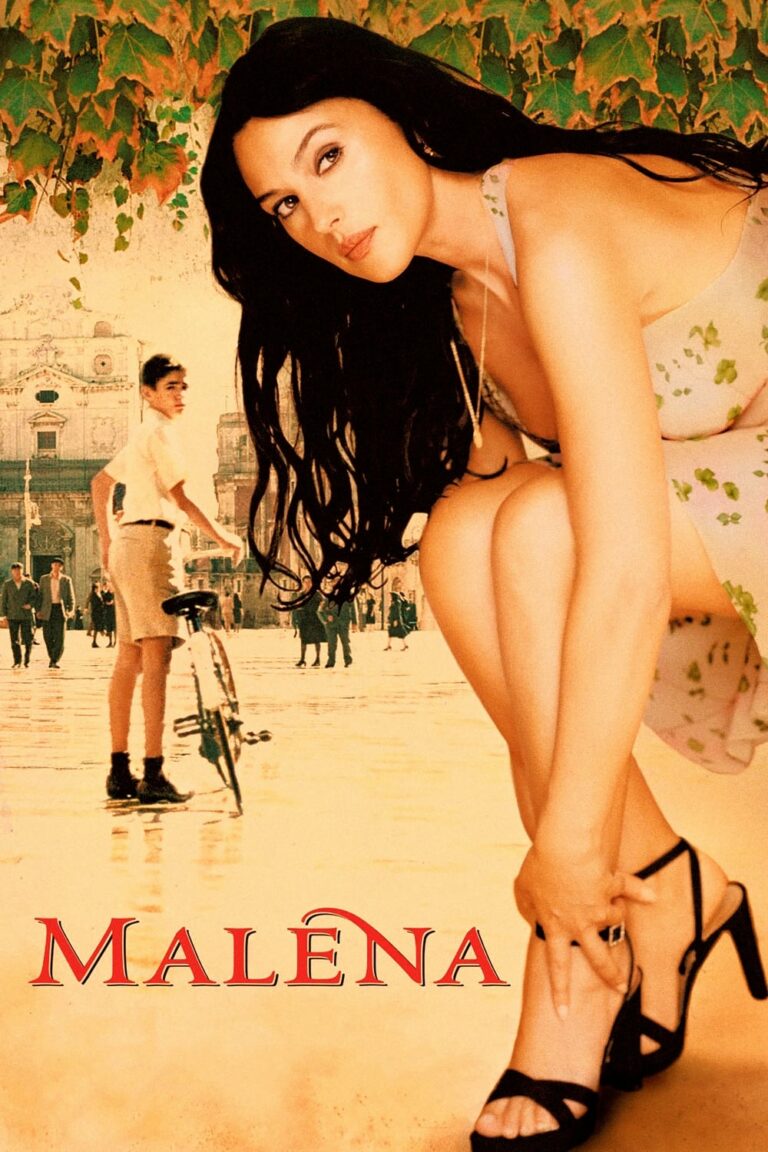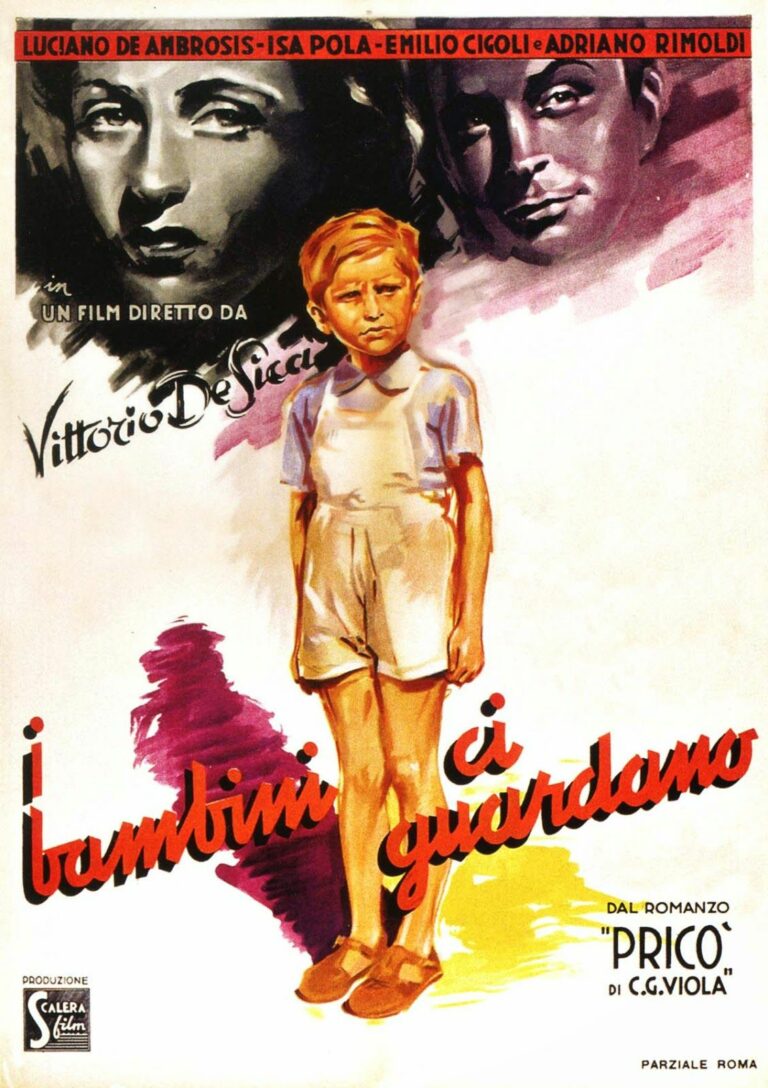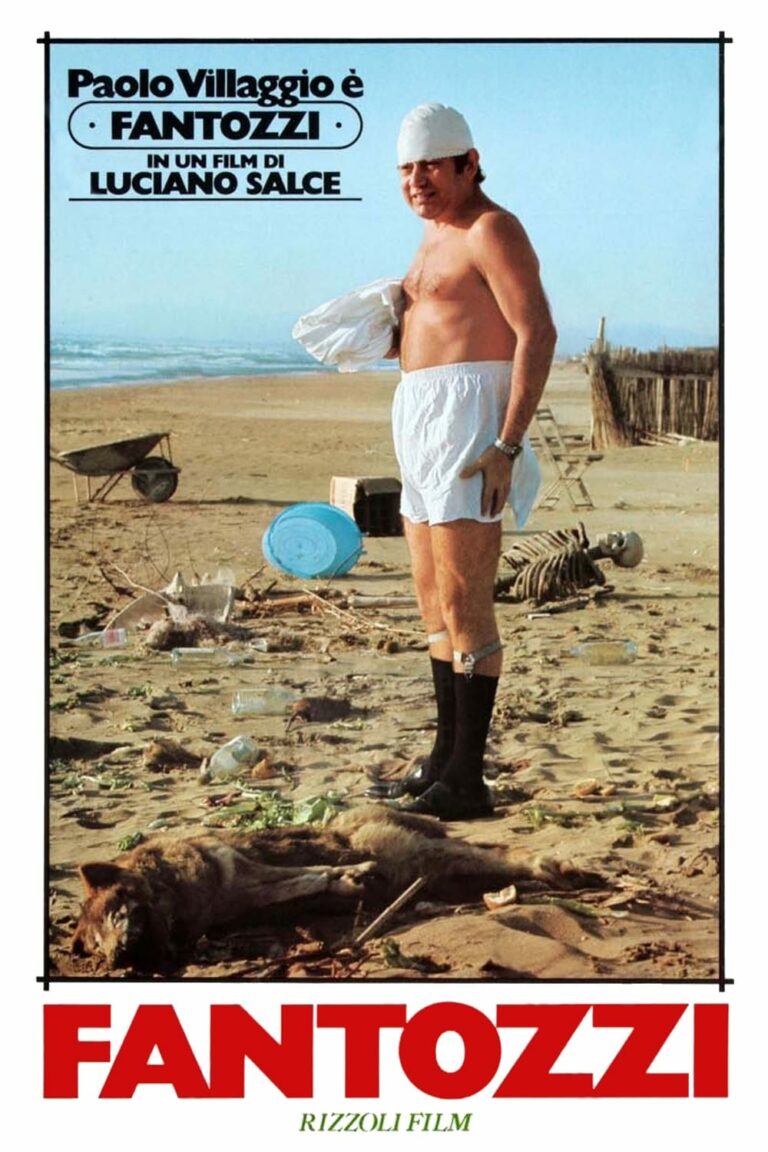
Purple Sea (Viola di Mare), directed by Donatella Maiorca, is a 2009 Italian film that beautifully blends romance, drama, and historical narrative. Based on the novel Minchia di Re by Giacomo Pilati, the film explores the deeply moving story of forbidden love, defiance, and the fight for identity in a conservative 19th-century Sicilian village.
With mesmerizing performances by Valeria Solarino and Isabella Ragonese, Purple Sea is a cinematic masterpiece that sheds light on themes of gender, societal norms, and the resilience of love in the face of adversity.
Table of Contents
- Introduction to Purple Sea
- Plot Overview
- Themes Explored
- Forbidden Love
- Gender Identity and Societal Norms
- Courage and Resilience
- Key Characters and Performances
- Cinematic Techniques and Direction
- The Significance of the Title
- Public and Critical Reception
- Cultural and Historical Context
- Frequently Asked Questions
1. Introduction to Purple Sea
Released in 2009, Purple Sea is a groundbreaking film that tells the story of two women, Angela and Sara, who fall in love in a time and place where such relationships were considered taboo. Set against the rugged and scenic backdrop of Sicily, the film captures not only the beauty of its locale but also the harsh realities of societal oppression.
Directed by Donatella Maiorca, the film takes a bold and sensitive approach to addressing themes of gender and sexuality, offering a poignant reminder of the sacrifices made in the name of love.
2. Plot Overview
In 19th-century Sicily, Angela (Valeria Solarino) and Sara (Isabella Ragonese) grow up as close friends who eventually fall deeply in love. Their relationship is met with hostility and rejection by the conservative and patriarchal society they inhabit.
To protect Angela and allow their love to exist, her father devises an unconventional solution: Angela will live as a man, adopting the name Angelo. While this decision allows them to live together publicly, it comes with its own set of challenges and heartbreaks, as Angela struggles to reconcile her true self with the identity imposed on her.
The film follows their journey as they navigate love, betrayal, societal expectations, and their unyielding quest for freedom.
3. Themes Explored
Forbidden Love
At its heart, Purple Sea is a story of love that defies the boundaries of societal norms. Angela and Sara’s relationship challenges the traditional notions of marriage and gender roles in a deeply conservative community.
Gender Identity and Societal Norms
Angela’s transformation into Angelo highlights the rigidity of gender roles and the lengths to which people are forced to go to conform to societal expectations. The film raises important questions about identity, self-expression, and the cost of living a life dictated by others.
Courage and Resilience
The characters of Angela and Sara embody strength and resilience, standing firm in their love despite the many obstacles they face. Their story is a testament to the power of love to endure even in the harshest circumstances.
4. Key Characters and Performances
Valeria Solarino as Angela/Angelo
Solarino delivers a nuanced and deeply emotional performance as Angela, capturing both the vulnerability and strength of a woman torn between her true self and the identity she must assume to survive.
Isabella Ragonese as Sara
Ragonese brings warmth and authenticity to the role of Sara, portraying a woman who is fiercely devoted to Angela but also deeply affected by the sacrifices required to sustain their love.
Supporting Cast
The film’s supporting characters add layers of complexity to the story, representing the societal pressures and familial obligations that Angela and Sara must confront.
5. Cinematic Techniques and Direction
Donatella Maiorca’s direction brings a poetic and intimate touch to Purple Sea. The film’s visual language, from its use of natural lighting to its evocative close-ups, immerses viewers in the emotional landscape of its characters.
The cinematography captures the raw beauty of the Sicilian coastline, creating a stark contrast between the oppressive societal structures and the freedom symbolized by the open sea.
6. The Significance of the Title
The title Purple Sea (Viola di Mare) carries symbolic meaning. The term refers to a rare fish that can change its sex, mirroring Angela’s transformation into Angelo. This natural phenomenon serves as a metaphor for the fluidity of identity and the resilience required to adapt to survive in an unforgiving world.
7. Public and Critical Reception
Purple Sea was well-received by critics and audiences alike for its bold storytelling and powerful performances. Critics praised the film’s sensitivity in handling complex themes and its ability to balance historical authenticity with emotional depth.
The film earned nominations and awards at various film festivals, solidifying its place as a significant contribution to LGBTQ+ cinema.
8. Cultural and Historical Context
Set in 19th-century Sicily, Purple Sea reflects the oppressive social norms of the time, particularly concerning gender and sexuality. The film’s exploration of these themes resonates with contemporary audiences, highlighting the universal and timeless struggle for acceptance and equality.
By shedding light on historical LGBTQ+ narratives, the film contributes to a broader understanding of the resilience and courage required to challenge societal norms.
9. Frequently Asked Questions
What is Purple Sea about?
The film follows the story of Angela and Sara, two women in 19th-century Sicily who fall in love and face societal rejection. To protect their relationship, Angela assumes the identity of a man, Angelo, leading to a complex journey of love and identity.
Who directed Purple Sea?
The film was directed by Donatella Maiorca, known for her sensitive and thought-provoking storytelling.
Is Purple Sea based on a true story?
While the film is not directly based on a true story, it is adapted from the novel Minchia di Re by Giacomo Pilati, which draws inspiration from historical and cultural contexts.
What themes does the film explore?
Purple Sea explores themes of forbidden love, gender identity, societal norms, and the resilience of love in the face of adversity.
Where was Purple Sea filmed?
The film was shot in Sicily, with its stunning coastline and historical architecture providing a picturesque backdrop.
Why is the title significant?
The title refers to a fish that can change its sex, symbolizing Angela’s transformation into Angelo and the fluidity of identity.
Conclusion
Purple Sea (Viola di Mare) is a bold and beautifully crafted film that transcends its historical setting to deliver a universal message about love, identity, and resilience. With its compelling performances, stunning visuals, and thought-provoking themes, the film continues to resonate with audiences and remains a cornerstone of LGBTQ+ representation in cinema.
This timeless tale of defiance and devotion reminds us that love, in all its forms, is a force capable of transcending even the most rigid boundaries.






